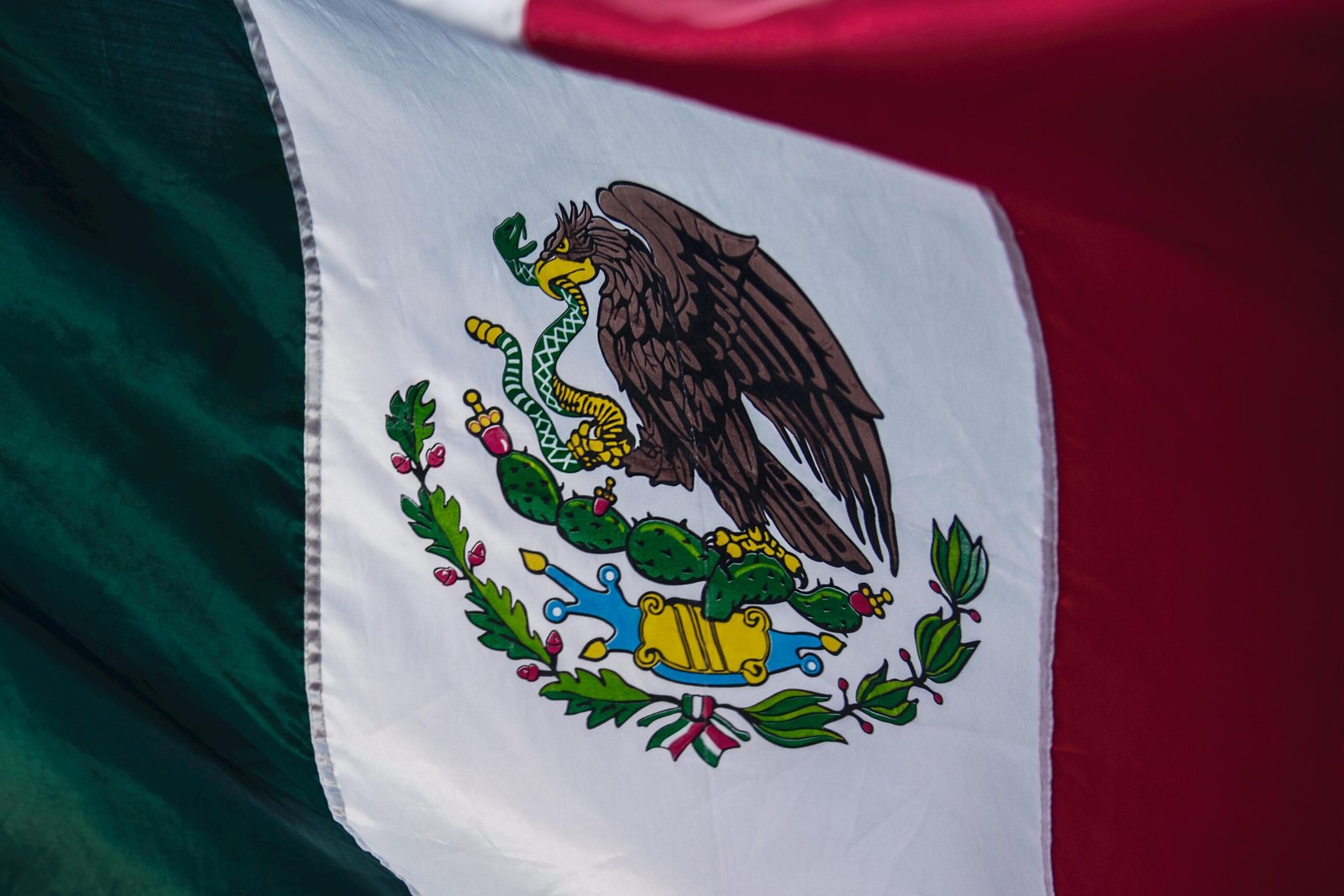Introduction to The Masters Tournament
The Masters Tournament, one of the four major championships in professional golf, holds a revered place in the history of the sport. Founded in 1934 by legendary golfer Bobby Jones and investment banker Clifford Roberts, The Masters is distinguished by its unique course, exquisite traditions, and the high caliber of its participants. Known for being held annually at Augusta National Golf Club in Georgia, the event has evolved into a significant cultural phenomenon within the history of masters tournament and the broader golfing community.
The Masters Tournament is not only a test of skill for the world’s elite golfers but also a celebration of the game itself, signified by its green jacket award given to the champion. The event’s consistency over the years has contributed to its status as a pivotal fixture in the golf calendar. Players must earn their invitation to compete by meeting various qualifying criteria, which adds an additional layer of prestige to the tournament.
As golf enthusiasts and casual observers alike look forward to this annual event, it becomes clear why The Masters continues to be a significant touchstone in the world of golf, symbolizing excellence, tradition, and the enduring pursuit of greatness on the green.
The Founding of The Masters
The Masters Tournament is a cornerstone of professional golf, established in the early 20th century by the esteemed golfer Bobby Jones and his partner, Clifford Roberts. The vision behind this championship was to create an annual event that would celebrate the sport’s rich traditions while also showcasing its top talent. In 1934, the inaugural tournament was held at the newly constructed Augusta National Golf Club in Georgia, a venue chosen for its natural beauty and uniquely challenging course layout.
Bobby Jones, a revered amateur golfer and co-founder of Augusta National, wanted to enhance the game’s prestige and draw attention to its best players. His collaboration with Roberts, an astute businessman and golf enthusiast, proved instrumental in establishing the Masters as a marquee tournament within the golfing calendar. Together, they intended to cultivate a setting that was both exclusive and welcoming, symbolizing a fusion of sporting excellence and Southern hospitality.
Augusta National Golf Club itself played a critical role in shaping the identity of the Masters Tournament. The club, with its meticulously manicured greens, blooming azaleas, and the iconic Magnolia Lane, created an unparalleled atmosphere that continues to attract golfers and fans alike. The history of Masters Tournament is intrinsically linked to Augusta’s storied landscape, which has become almost synonymous with the event itself. Each spring, as the azaleas bloom, the world’s best golfers gather at this hallowed ground, engaging in a contest that honors both the game and its patrons.
The vision set forth by Jones and Roberts has yielded a legacy that transcends generations, firmly establishing the Masters as one of golf’s premier events. Over the decades, it has evolved while staying true to its foundational ideals, making the history of the Masters Tournament a vital element in understanding its current significance in the world of sports.
Traditions That Define The Masters
The Masters Tournament is renowned not only for the caliber of its competition but also for the rich tapestry of traditions that distinguish it from other golf events. Perhaps the most famous of these is the green jacket, awarded annually to the champion. This symbol of excellence signifies entry into a select circle of past winners and serves as a reminder of the dedication and skill needed to triumph at this prestigious tournament. The green jacket has become an iconic emblem of success in the game of golf, forever linked to the history of the Masters Tournament.
Another significant tradition is the Champions Dinner, which brings together past winners of The Masters. This exclusive event occurs on the Tuesday evening prior to the tournament. The defending champion selects the menu, creating a personal touch that honors their heritage and preferences. This dinner not only fosters camaraderie among the champions but also encapsulates the spirit of competition and respect within the sport. It is during such gatherings that stories of victories and challenges are shared, providing insights into the prestigious history of the Masters Tournament.
A further hallmark of The Masters is its no cell phone policy, an unusual but deliberate choice that enhances the serene atmosphere of the event. By prohibiting mobile devices, the tournament creates a distraction-free environment, allowing fans to immerse themselves fully in the experience of witnessing golf’s finest players on the hallowed grounds of Augusta National. Additionally, the beautifully manicured Amen Corner, comprising holes 11, 12, and 13, presents a challenging yet picturesque landscape where many memorable moments have unfolded throughout the history of the Masters Tournament.
These customs contribute to the unique allure of The Masters, ensuring its place as one of the most celebrated and revered tournaments in the world of golf.
Bridgestone Golf e12 Straight White
$34.99
NEW! Optimal Flight System
IMPROVED DISTANCE – Reduced hooks and slices for improved distance
INCREASED FORGIVENESS – Contact Force Dimple for reduced side spin and increased forgiveness
INNOVATIVE – Now featuring Innovative MindSet Technology
Available in White, Matte Green, and Matte Yellow
Historic Moments in Masters History
The Masters Tournament, established in 1934, has produced numerous historic moments that have become part of the fabric of golf history. One of the most significant milestones occurred in 1986 when Jack Nicklaus, at the age of 46, captured his sixth green jacket. His extraordinary performance, culminating in a final round of 65, demonstrated his unparalleled skill and tenacity, allowing him to defeat younger competitors and reassert his legacy in the history of the Masters Tournament. This victory remains an enduring testament to Nicklaus’s prowess and experience, making him the oldest champion in the event’s history.
Another landmark moment in the history of the Masters Tournament emerged in 1997, when Tiger Woods claimed his first major title. At merely 21 years old, Woods’s dominating performance shocked the golf world. He won by a staggering 12 strokes, breaking several records in the process, including the lowest score relative to par. His victory marked the beginning of an extraordinary career that would dramatically influence both the Masters and the game of golf as a whole. Woods’s success not only increased the tournament’s popularity but also inspired a new generation of golfers.
Throughout its history, the Masters Tournament has been a showcase for remarkable achievements. Events, such as Phil Mickelson’s unforgettable chip-in on the 16th hole in 2004, have also solidified their place in golf lore, captivating audiences with moments of drama and skill. These instances reflect the essence of the Masters, where history is written with each swing of the club. The continued evolution of the tournament has provided fans with both thrilling competition and legendary narratives, linking the present to golf history’s most treasured moments.
Notable Champions & Records
The Masters Tournament has a storied legacy, highlighted by numerous remarkable champions who have left an indelible mark on the event’s history. The tournament, which takes place annually at Augusta National Golf Club, is not only a showcase of exceptional talent but also a platform for players to etch their names into the annals of golf history. One of the most celebrated figures is Arnold Palmer, a four-time winner whose charismatic personality transformed the sport and captured the hearts of fans around the world. Palmer’s victories in 1958, 1960, 1962, and 1964 propelled him to legendary status within the history of the Masters Tournament.
Another iconic champion is Gary Player, who also secured three green jackets during his illustrious career. Player, a South African golfer known for his remarkable discipline, made history in 1961, 1974, and 1978. He was instrumental in promoting the game internationally, expanding the reach of the Masters to a global audience. Phil Mickelson, a modern-era legend, has made his mark on the tournament as well, securing three titles in 2004, 2006, and 2010. His remarkable short game and ability to thrive under pressure have made him a favorite among fans and a formidable competitor.
Records within the Masters also provide a fascinating glimpse into the tournament’s competitive nature. For instance, Jack Nicklaus holds the record for the most wins, boasting six victories which have significantly influenced the history of the Masters Tournament. Additionally, the record for the lowest score over four rounds is held by Dustin Johnson, who achieved an astounding total of 20-under-par in 2020. These records, alongside the achievements of renowned golfers, not only celebrate individual excellence but also underscore the enduring legacy of the Masters as a premier event in the world of golf.
Controversies and Challenges
The history of the Masters Tournament is not solely defined by its iconic moments and celebrated champions; it also encompasses a range of controversies and challenges that have sparked discussions within the golf community. One notable area of contention involves weather-related delays that are not uncommon in the sport. Each year, players and fans alike experience the impact of heavy rain or storms that can disrupt the schedule, leading to rescheduled tee times and altering the tournament’s pace. Such interruptions can be detrimental to players who rely on consistent performance levels, adding an element of unpredictability that is often scrutinized.
Another challenge faced at The Masters has been the unexpected missed cuts by prominent favorites, which often lead to bewilderment among fans and analysts. Players who have historically performed well, including past champions, sometimes find themselves unable to meet the tournament’s demanding standards. The sharp transition between a season’s successes and the pressures of Augusta National can create a dramatic narrative that is debated long after the event concludes. These scenarios emphasize the level of difficulty that the Masters presents, even to those with a storied history in the game.
Moreover, the Masters Tournament has occasionally been at the center of broader discussions regarding inclusivity and evolving traditions in golf. Issues surrounding membership policies, such as the exclusion of female members from Augusta National Golf Club historically, have sparked debates about the tournament’s values in the context of modern sportsmanship and ethics. These complications reveal that the history of the Masters Tournament is multifaceted, encompassing not only the celebration of excellence in golf but also the evolution of the sport itself amid societal changes.
Global Growth of The Masters
The Masters Tournament, traditionally viewed through the lens of its storied tradition at Augusta National Golf Club, has significantly expanded its reach over the years. Initially attracting a crowd primarily from the United States, the event has transformed into a global spectacle, captivating golf enthusiasts around the world. This growth can be largely attributed to the evolution of media broadcasting rights and the strategic marketing efforts implemented by the tournament organizers.
As the history of the Masters Tournament unfolded, the introduction of international broadcasting channels played a crucial role in promoting the event. High-definition broadcasts and live streaming have allowed viewers from various countries to witness the tournament in real-time, further augmenting the event’s fanbase. With millions tuning in from regions such as Europe, Asia, and Australia, the Masters now boasts a truly diverse global audience.
This surge in viewership can also be linked to increased engagement through digital platforms and social media. Fans are not only able to watch the tournament but are also encouraged to participate in discussions and share their experiences online. This digital transformation has not only made the Masters Tournament approachable but has also sparked interest among younger generations, ensuring that the tradition continues to thrive well into the future.
Beyond its impressive media footprint, the Masters has also expanded its influence through various international events and partnerships. These initiatives have served to promote the sport and elevate awareness about golf, thus reinforcing the Masters’ standing as an iconic event in the sports calendar. The ongoing commitment to reaching out to global audiences has undoubtedly positioned the history of the Masters Tournament as a continuous narrative of growth and evolution.
What Makes The Masters Unique?
The Masters Tournament holds a unique position among the major championships in golf, largely due to its invitation-only status. Unlike other prominent tournaments such as the U.S. Open or The Open Championship, which employ qualification criteria based on performance, The Masters extends invitations to a select group of players. This exclusivity fosters a sense of prestige that sets the tournament apart, contributing to its rich history and allure. The careful selection process not only enhances the competitive field but also underscores the significance of the event within the golfing community.
In addition to the invitation-only aspect, the prize structure of The Masters is noteworthy. Unlike many other tournaments that feature cash prizes, The Masters presents a coveted green jacket to the winner, a symbol of achievement and membership in a select club. This iconic garment holds a special place in golf lore, representing not just victory but also the enduring tradition associated with the tournament. The financial stakes are substantial, but the green jacket signifies an unparalleled level of accomplishment, further solidifying The Masters’ reputation in the history of the Masters Tournament.
The experience for fans, or ‘patrons’ as they are officially designated at The Masters, is another element that distinguishes this tournament. The serene, picturesque setting of Augusta National Golf Club, with its meticulously maintained grounds and vibrant azaleas, creates an atmosphere that engages the senses. Patrons are provided with an opportunity to witness the world’s best golfers compete in an environment that blends sport with nature’s beauty, which is unlike any other championship experience. Together, these attributes contribute to The Masters Tournament’s unique identity, reinforcing its status as one of the most celebrated events in the world of golf.
Looking to the Future of The Masters
The Masters Tournament, renowned for its rich history and distinguished reputation in the world of golf, is continually evolving to maintain its esteemed status. Looking ahead, several trends and technologies suggest potential enhancements that could impact the tournament’s future. One significant area of development is the integration of advanced technologies, such as augmented reality (AR) and virtual reality (VR). These innovations could transform how fans interact with the tournament, enhancing the spectator experience both on-site at Augusta National and through digital platforms. Imagine fans being able to experience the tournament from the perspective of their favorite players or walking the course virtually from anywhere in the world.
Moreover, the future of The Masters Tournament might bring changes in tournament formats to keep pace with the evolving landscape of golf. This could include the introduction of unique challenges or variations in the competition structure that appeal to a younger audience. As the demographics of golf continue to shift, engaging the next generation of golfers will be imperative for the continued success of this historic event. Emphasizing inclusivity, The Masters may explore initiatives that connect with amateur golfers, encouraging participation through clinics or youth programs that resonate with modern values.
The Masters Tournament also faces the ongoing challenge of maintaining its prestige while adapting to the demands of contemporary society. Sustainability practices are becoming increasingly important, and future tournaments may see more emphasis on environmental stewardship, aligning with global efforts to protect natural resources. By enhancing its sustainability efforts, The Masters has the opportunity to not only preserve the integrity of Augusta National but also to inspire future generations about the significance of protecting the sport’s natural surroundings.
In conclusion, the future of The Masters Tournament is poised for exciting developments that will likely blend tradition with innovation. By embracing technology, evolving formats, and sustainable practices, The Masters can continue to thrive as one of golf’s most iconic events while inspiring the next generation of players and fans alike.





